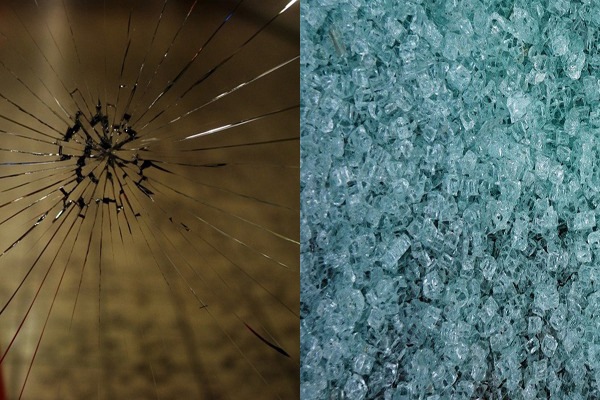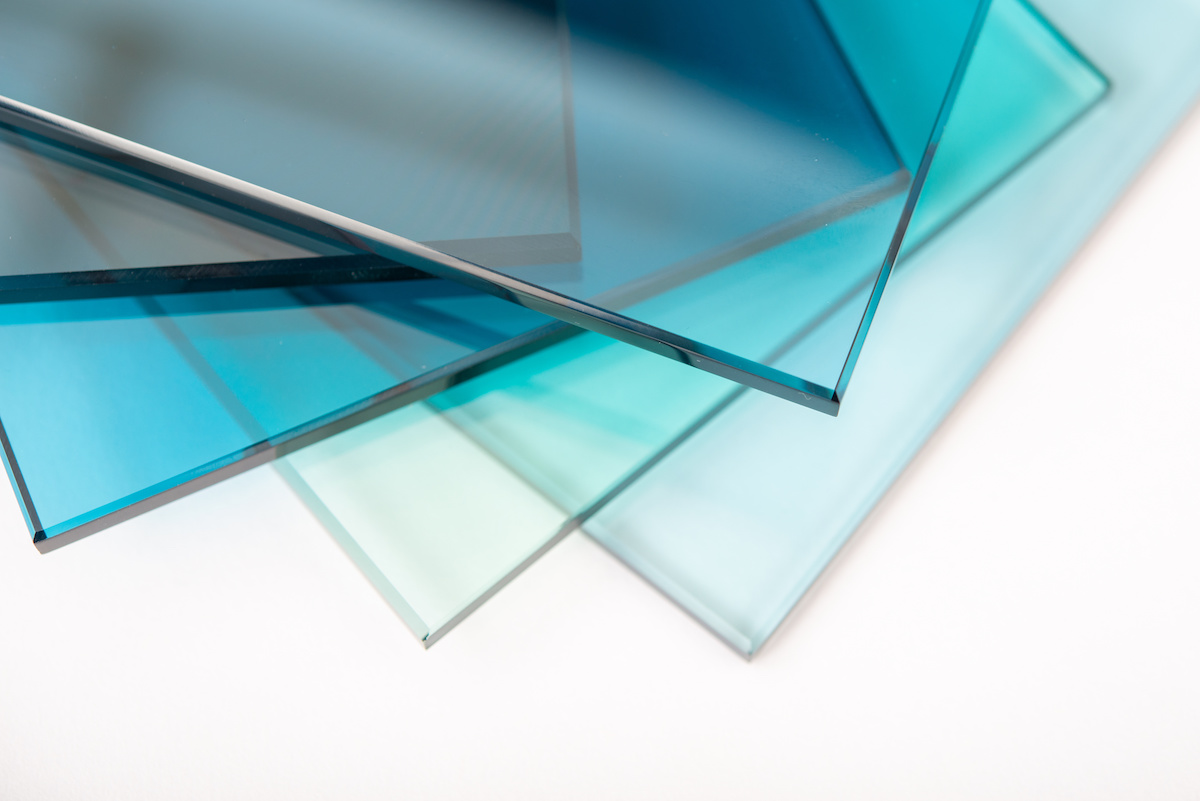Laminated, safety, tempered, low-emission glass … How difficult it can be to make a decision! Because if you have to choose your future windows, or if you are just thinking about changing them, you will have to choose one among the endless types of glass available on the market. For example, many people ask the difference between laminated and tempered glass. And if you are one of them, no worries! You’ve reached the right place.
Although they both have some things in common (both are safety glass), they are quite different and today, we are going to cover these differences. Happy discovery!
Differences between Tempered and Laminated Glass
The main difference between tempered and laminated glass is the way it is manufactured. Tempering is created from the process of making a monolithic glass base, which is manufactured to the desired extent and then subjected to a special heat treatment (“tempering”). The glass is heated to about 650 degrees until it is plasticized, then it is quenched in air, giving it greater structural strength.
Laminated glass, on the other hand, is composed of two or more sheets of monolithic glass joined together by one or more sheets of PVB (polyvinyl butyral). Although PVB is generally used, the intermediate sheet can also be made of other materials such as resin, EVA, polycarbonates…

On the other hand, although both types of glass are classified as “safety”, their mechanism to prevent accidents and cuts is not the same. In the case of tempered glass, the glass is broken into small rounded pieces to reduce the possibility of them being sharp and dangerous. In contrast, when laminated glass breaks, the pieces remain stuck to the PVB interlayer, preventing them from falling out.
Characteristics of Tempered Glass
– It is 4 to 5 times stronger than ordinary glass.
– It has a higher thermal resistance than basic glass.
– When it breaks, it does so in small pieces, which reduces the risk of cuts and makes it easier to clean.
Characteristics of Laminated Glass
– It has a high resistance to penetration.
– It is very safe, because when the glass breaks, it remains stuck to the intermediate sheet.
– It is very resistant to shocks thanks to the elasticity of the PVB glue.
– Despite the existence of a PVB interlayer or other material, the qualities of the glass such as transparency or durability are not affected.
– You can choose different opacities for the sheets and even color them.
Uses of Tempered and Laminated Glass
Because of their differences, when placing glass in your home, you must consider its purpose.
Tempered glass is recommended for:
– Sliding and folding doors: the doors need a glass with certain mechanical behavior, which turns on the hinges, pivot points … so tempered glass is usually chosen.
– Interior and exterior railings if the glass is buttoned and hung with fittings inside.
– Shower enclosures: the usual is to use tempered glass although, if you only need a structure without drilling or additional manufacturing, you can use laminate.
– Division of environments and showcases.
Laminated glass is recommended for:
– Interior and exterior railings if metal supports are not planned or if there is a risk of falling.
– Steps and treads: Ideally, a compact block laminating several tempered or non-tempered monolithic glasses should be used.
– Glazed facades of buildings.
For double-glazed windows, both tempered and laminated glass can be used, the important thing being that it is safety glass. On the other hand, it should be taken into account that both types of glass can be combined, resulting in a laminated glass made of several sheets of tempered glass.
Are you looking for a trusted glass supplier? Check out GlassCo Australia Pty. With years of manufacturing and fabricating expertise, this company has become one of the best glass suppliers in Dandenong, VIC.
